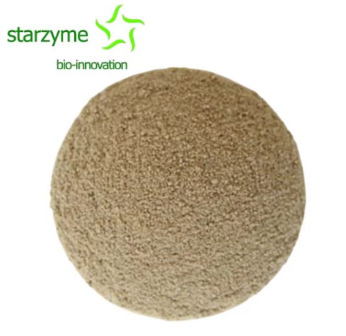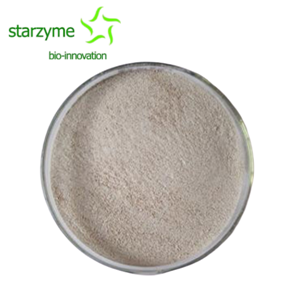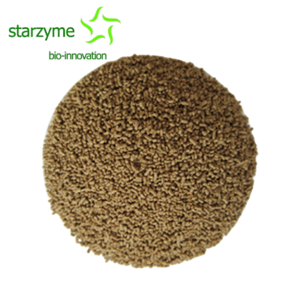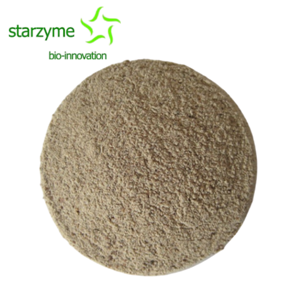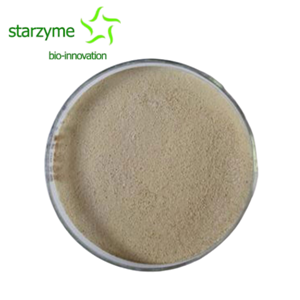Testing Methods For Bacillus licheniformis Detection
The testing methods for Bacillus licheniformis detection mainly include the following:
Pure Cultivation:
This method estimates the content of Bacillus licheniformis by culturing food samples on a suitable culture medium and then performing colony counting. Commonly used culture media include nitrite carbon source agar (NACM). This method can estimate the quantity of Bacillus licheniformis, but it requires a longer cultivation time and can only detect viable strains.
Enzyme Linked Immunosorbent Assay (ELISA):
This is a rapid qualitative and quantitative detection method that uses specific antibodies to bind with antigens of Bacillus licheniformis to quantitatively detect its content. ELISA has the advantages of high sensitivity, speed, and convenience, making it suitable for large-scale sample detection and widely used in food production.
Polymerase Chain Reaction (PCR):
Detecting the DNA of microorganisms by amplifying target genes to evaluate the content of Bacillus licheniformis. PCR has the advantages of high sensitivity, high specificity, and speed, making it suitable for the detection of large-scale samples.
Fluorescence Quantitative PCR (qPCR):
A unique PCR technique based on real-time fluorescence signals, which detects the intensity of the fluorescence signal to determine the amount of lichen spore DNA in the sample. QPCR has the characteristics of high sensitivity, rapidity, and accuracy, and has been widely used in food microbiological detection.
Gene Sequencing:
By sequencing the genome of Bacillus licheniformis to understand its genomic information, accurate identification and quantification can be carried out. This method has high resolution and accuracy, and can quantitatively analyze multiple enzymatic features simultaneously.
Testing Process and Standards:
Pure cultivation method: Inoculate the sample onto a culture medium, and after a certain period of cultivation, perform colony counting.
ELISA: Using commercial reagent kits such as Micro-screen TM MEIA for operation, which are easy to operate and suitable for large-scale detection of Bacillus licheniformis.
PCR and qPCR: Design specific primers for gene amplification, and evaluate the content by the quantity of PCR amplification products.
Gene sequencing method: Sequencing the genome to obtain genomic information.
These methods each have their own advantages and disadvantages, and when choosing the appropriate method, the user should take into account the specific scenario, requirement, and conditions of the application.

